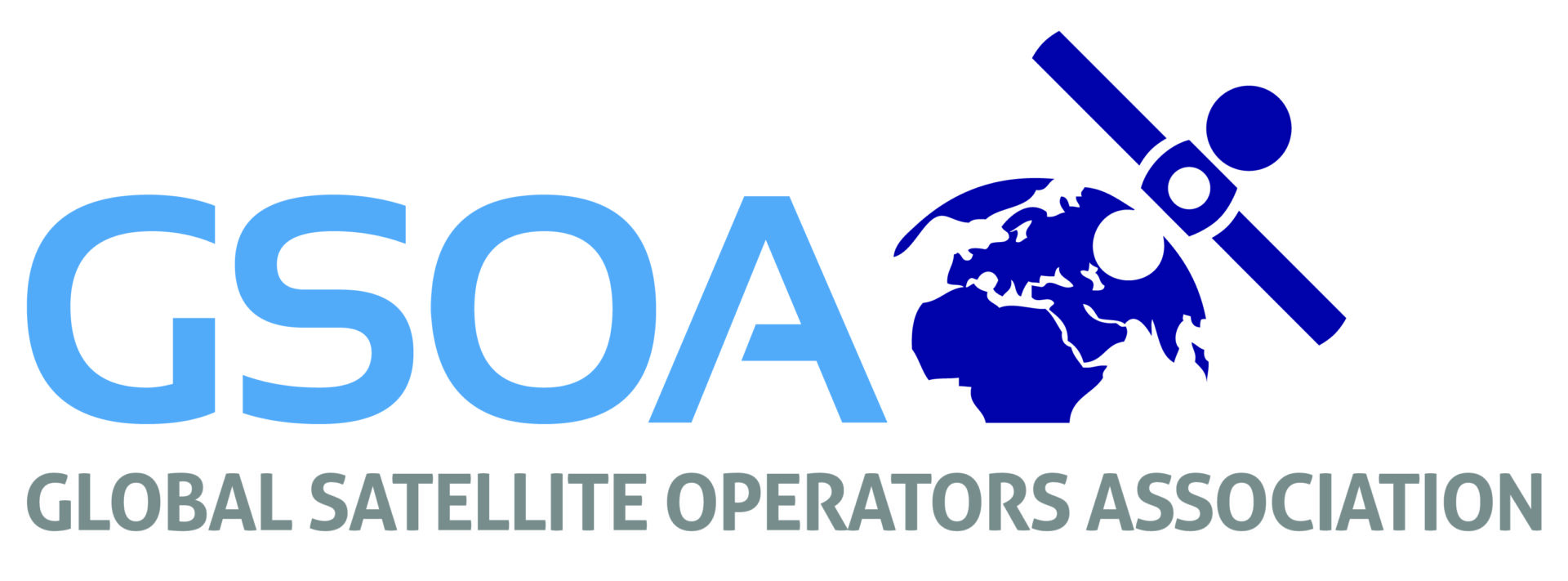Antenna Innovations: The Next Generation

The expertise of Ryan Stevenson (Kymeta), Lukas Nyström (Satcube), Gavin Cox (Global Invacom), and Todd Brown (AvL Technologies) – bringing perspectives from across the parabolic antenna and flat panel antenna design and manufacturing segment – was ably guided in this webinar by Caleb Henry (Quilty Analytics), resulting in a very informative 60-minutes.
The discussion served to unravel some of the complexities of the highly dynamic satcoms sector ground segment, and more specifically on innovation in antenna technologies and evolution of antenna markets.
Prominent in today’s dialogue, were the subjects of multi-band/multi-frequency/multi-orbit capabilities; the importance of more companies – other than Kuiper and Starlink – in the operator segment thinking more holistically, i.e., about “the terminal”, when determining the functional designs of their satellites; and in connection with the perennial importance of cost, the industry’s need to think much more in terms of volume, volume, volume in antenna manufacturing. Other topics included how ground segment manufacture might be impacted by the emergence of direct satellite-to-device technologies, and the extent to which the industry is making progress on interoperability through, for example, the Digital Intermediate Frequency Interoperability consortium.
Many audience questions were addressed during the 60-minutes; those remaining unanswered are tackled by the panellists here, on this page. If you couldn’t watch this webinar “live” then tune-in to the GVF archive here to watch the recording.
Q & A continued….
Thank you to our audience for taking an active part by asking many questions. We ran out of time to respond to the questions below but our panellists were kind enough to answer after the event ended…
1. How to spectrum contact with remote areas if signal loss will happen what we do? I am asking about reachability.
Gavin Cox (Global Invacom): If I understand the question this might be referring to areas that are remote. As an example, for a specific use case, satellite is currently used for utilities for remote monitoring where it’s not possible to connect to a MTN. If you have line of site, GEO is the obvious choice and can have very high inherent availability if the link is specified correctly e.g. antenna size and MODCOD etc. This can be supplemented and strengthened with multiple hubs in different geographic locations and even a second geostationary satellite link if connectivity is that critical.
Todd Brown (AvL Technologies): Gavin answered this very well. MEO can also be an option given gateways. Like GEO, are located near adequate backhaul locations. LEO, to some extent, can also fulfil this requirement depending on the region and availability of services until full implementation is realized.
Ryan Stevenson (Kymeta): I’m going to assume that this question is asking about losing the link in a rural/remote area where satellite is the only form of connectivity. Perhaps this could be due to line-of-sight blockage, rain fade, etc. In this situation, I can only suggest that a tiered mitigation plan implementing lower throughput systems be implemented. For example, a primary link on a high-throughput LEO constellation (Starlink, OneWeb, for example), falling back to a higher latency/lower throughput GEO (if available), falling back to Iridium, etc.
2. Is there any update or progress regarding the emergence of 5G into Satellite Technology as means to propagate its services?
Lukas Nyström (Satcube): The integration of satellite (or more broadly NTN) with 5G started in earnest with the 3GPP Release 17. There are still questions remaining, not least on the definition of the RAN to align with standard Ku and Ka band satellite links, but the conversation is going in the right direction. Interestingly, the upcoming 6G standard includes a goal of “coverage everywhere” which realistically requires satellites. We are involved in several research consortiums that focus on how to best define this NTN integration in the 6G standard.
Ryan Stevenson (Kymeta): I think we touched on this in the webinar, but I have seen two examples recently, one being 5G backhaul over satellite, and the other being native 5G NTN over satellite. 5G backhaul typically routes 5G traffic over a traditional satellite link and traditional satellite waveforms (e.g. DVB-S2X). Kymeta has recently been involved in testing native 5G NTN waveforms (pre-release version of 3GPP Rel. 17) in mobile settings, in collaboration with Fraunhofer Institute and Intelsat. In this scenario, the 5G user equipment (UE) is the mobile VSAT implementing the 5G NTN air interface natively. This was prototyped using workstations in the vehicle and at the hub to implement the UE and gNB. As 5G NTN standards become more widely adopted, this will become dedicated hardware/firmware that can be incorporated into the VSAT.
3. How does FPA efficiency compare to parabolic reflectors?
Lukas Nyström (Satcube): This depends on whether one refers to passive or active FPAs. For passive (fixed beam) FPAs, it is feasible to realize efficiencies that are similar in both techniques. However, for active (phased array) architectures the power added efficiency of the reflector-based systems is still significantly higher.
Gavin Cox (Global Invacom): A typical offset parabolic used for commercial/enterprise applications can have efficiencies above 70%, though typically 65%+. When motorised they do not sufferer the scan losses that are inherent in active arrays and at low scan/look angles will always be more efficient for a given aperture size.
Todd Brown (AvL Technologies): One other note, Parabolic technology does have better efficiency in a given band but also the ability to switch or perform at different frequencies congruently.
Ryan Stevenson (Kymeta): Electronically scanned FPAs can be as good as reflectors at broadside, but all electronically scanned FPA technologies suffer from scan loss. As a function of scan angle, the FPA effectively projects less aperture area towards the satellite, creating a gain loss that increases as the cosine of the scan angle. If the scan loss can be managed perfectly, the gain will be 3dB less at 60 degrees scan as compared to broadside to the FPA. Very good antenna designs can achieve nearly perfect scan loss. This scan loss is a big concern in mobile satcoms. In Kymeta’s field experience the average scan condition is 55-60 degrees (30-35 degree elevation), which is why Kymeta has optimized our FPA design for operation at large scan angles. We are rarely operating at broadside. This is different than mechanically scanned FPAs. There are a class of antennas that utilize a flat radiating surface (slotted waveguide, patch arrays, etc.) that are mechanically steered. This keeps the beam always pointed in a broadside condition to the array. These operate similar to a gimbaled parabolic and avoid the scan loss of electronically scanned FPAs.
4. What different types of FPA technology are there?
Lukas Nyström (Satcube): Fixed beam FPAs come in a wide variety of technologies, including for example PCB antennas, fully metallic (or metalized plastic) waveguide arrays, and leaky wave types. For phased array architectures these are typically PCB based with phase control being handled by either RFICs (SiGe, CMOS, RF SOI, etc.) or liquid crystal cells.
Gavin Cox (Global Invacom): Building on Satcube’s answer consideration should also be given to the method of beam steering e.g. fully electronic in two planes, a hybrid approach (mechanical steering in one plane, electronically scanning in the other), or a fixed beam that is mechanically moved in both planes.
Ryan Stevenson (Kymeta): Let’s separate mechanically scanned FPAs from electronically scanned FPAs. Mechanically scanned look a lot like gimballed parabolics, except the radiating aperture is a flat panel. Typically slotted waveguide, or a patch array of some type. Electronically scanned arrays consist of different technologies that all depend on manipulating signal phase in some manner to perform beam forming and can be separated into analog and digital methods. Digital beamforming phased arrays are quite powerful in terms of capability, but also extremely power-hungry, typically drawing on the order of a KW. Analog phased arrays can be much lower power, typically 300-500 watts. Kymeta’s technology is based on a diffractive metasurface concept, which permits phase manipulation at very low powers. Kymeta’s complete terminal has a nominal power draw of 130 watts, but at the same time permits polarization agility for LEO/GEO interoperability G/T and EIRP to operate across both LEO and GEO. The antenna itself (including controller) draws only 35 W.
